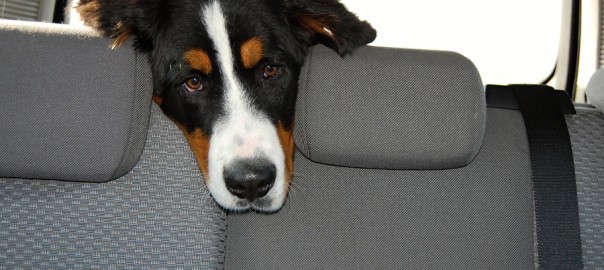Can you win the war against feline fleas? Here’s what I told a reader.
Q: Help! My cat has fleas. How can I get rid of them?
A: You’re smart to want to protect your cat from these freeloading bloodsuckers.
Flea bites cause cats to be itchy and uncomfortable. (Did you know that a single flea can bite your cat up to 400 times a day?) They also transmit disease-causing bacteria that affect cats and humans, including mycoplasma, which leads to anemia in cats, and bartonella, the cause of “cat-scratch disease” in humans as well as other infections in cats. Worse, fleas reproduce like crazy. A single female flea can lay 40 to 50 eggs daily. With enough females in the right (or wrong) conditions, you could have a thousand or more fleas tormenting your cat in less than a month. So let’s get down to flea-control basics.
First, even if your cat doesn’t go outside, she needs to be on a safe and effective flea preventive. Fleas can still enter your house via your clothing or other animals. Or maybe your cat has an outdoor catio where she hangs out. Veterinary parasitologists now recommend keeping pets on a preventive year-round to prevent re-infestation.
Talk to your veterinarian about the best flea-control product to use for your individual cat and your locale. A product given monthly can control fleas as well as internal parasites and heartworms. (Yes, cats can get heartworms.) Starting a preventive when you first get a cat can help to protect her from any parasite infestations throughout her life.
Your vacuum cleaner and washing machine can complement the use of flea preventives by removing fleas and their eggs. Vacuum at least weekly, including upholstered furniture. Get beneath cushions, under furniture and in the corners. Wash your cat’s bed, as well as your own sheets, in hot water every week. That kills fleas and eggs.
Read more in Pet Connection, the weekly nationally syndicated pet feature I co-write with Kim Campbell Thornton and my daughter, trainer Mikkel Becker.




